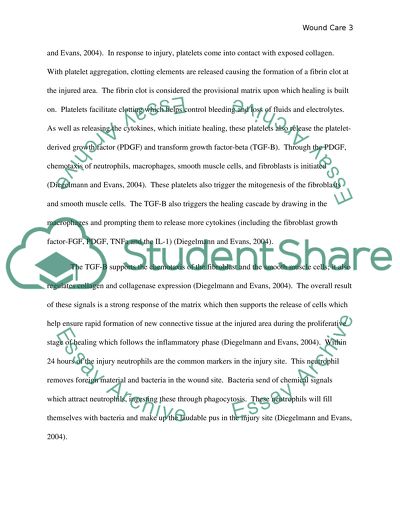Cite this document
(The Best Type of Care Literature review Example | Topics and Well Written Essays - 3500 words, n.d.)
The Best Type of Care Literature review Example | Topics and Well Written Essays - 3500 words. https://studentshare.org/other/1427307-the-best-type-of-care
The Best Type of Care Literature review Example | Topics and Well Written Essays - 3500 words. https://studentshare.org/other/1427307-the-best-type-of-care
(The Best Type of Care Literature Review Example | Topics and Well Written Essays - 3500 Words)
The Best Type of Care Literature Review Example | Topics and Well Written Essays - 3500 Words. https://studentshare.org/other/1427307-the-best-type-of-care.
The Best Type of Care Literature Review Example | Topics and Well Written Essays - 3500 Words. https://studentshare.org/other/1427307-the-best-type-of-care.
“The Best Type of Care Literature Review Example | Topics and Well Written Essays - 3500 Words”. https://studentshare.org/other/1427307-the-best-type-of-care.


